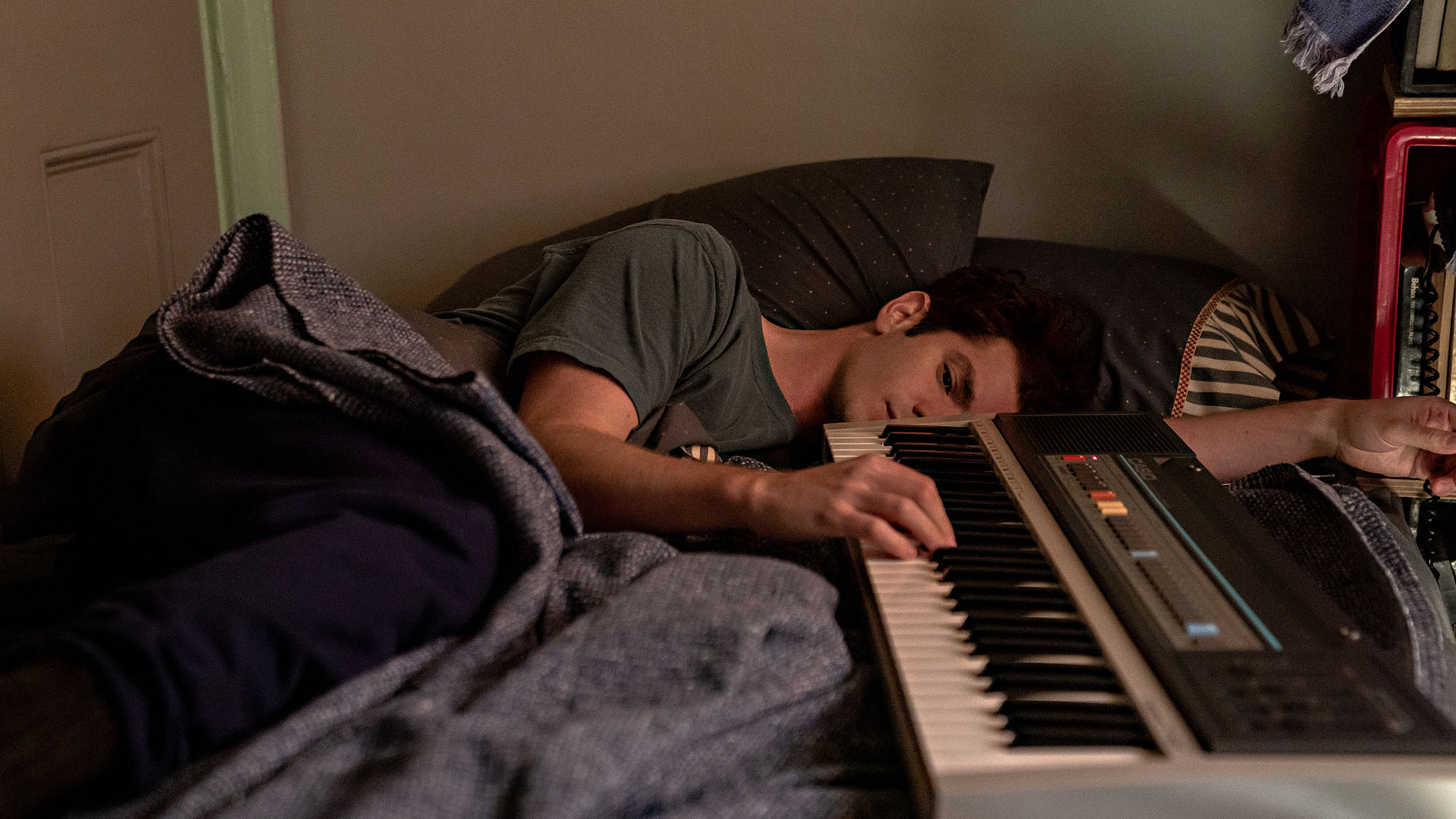Method acting is a technique that has gained a side-eye-worthy reputation on the internet — and it’s not been without cause. The most recently notorious take is perhaps Jeremy Strong’s. The actor followed in the footsteps of his idol, Daniel Day-Lewis, by immersing himself in the role of Succession’s perennial sad boy Kendall Roy. “I take him as seriously as I take my own life,” Jeremy said in his now infamous New Yorker profile, which includes bizarre details such as his request to be sprayed with tear gas for his role in The Trial of the Chicago 7. For what it’s worth, he doesn’t call his process method acting, but “identity diffusion”, which involves “clearing away almost everything around and inside you” and sounds an awful lot like Daniel Day-Lewis’ signature immersive style.
Serial internet boyfriend Andrew Garfield is the latest in a long line of actors to come to method acting’s defence. On Marc Maron’s podcast, he admitted to feeling “bothered by the misconception” that the method is just about being rude on set, and discussed his own experience using the controversial technique when he played a 17th century Jesuit priest. To get into character for Silence, Martin Scorsese’s 2016 religious epic, Garfield fasted and abstained from sex for six months which, in his words, caused “some pretty wild, trippy experiences”.
In the words of The Batman star Robert Pattinson, a man who draws the line on his own weirdness — which has among other instances included lying about an exploding clown — at method acting: “You only ever see people do the method when they’re playing an arsehole.” This isn’t strictly true: Daniel’s illustrious career is the stuff of movie legend, while Leonardo DiCaprio finally got his Oscar for eating raw bison in 2016’s The Revenant. Of course then there’s Jared Leto, who’s been terrorising his fellow castmates since records began: with dead rats, condoms and a commitment to an Italian accent so toxic that he bragged about snorting “lines of arrabbiata sauce.” (Probably a joke, but I wouldn’t put it past him).
In reality, what we call method acting nowadays isn’t quite what Konstantin Stanislavski conceived it to be. The method actually involves drawing from personal emotions and lived experiences to bring authenticity to a character. But somewhere along the way, this definition got muddled by hyperbolic profiles and cloying awards campaigns; actors are lauded and derided alike for their dedication to the “method” by staying in character while the cameras aren’t rolling. Within that confusion, the idea of using the personal as the foundation of a character was lost. The body is now just a vessel.
But what connects each of these actors is a showering of critical acclaim and awards — and in the case of Jeremy, a legion of stans. Celebrities make themselves suffer because they can more than afford to, and because we reward them for it: too many Oscar campaigns are founded on the premise of trauma, and the misguided if persistent notion that the only way true art can be created is through pain. You can’t get an Academy Award just by virtue of being good, you have to give over your blood, sweat and tears to prove it. The process is just inventing one’s own underdog story, working through self-imposed hardships to discover something (allegedly) beautiful. Jared Leto aside, method acting can clearly produce results. But what really gets lauded is the ability to wipe off that movie star sheen.
Of course, actors taking their craft to the extreme is not just limited to men, but it’s no wonder that they tend to be responsible for the most egregious examples of this kind of behaviour. Hilary Swank used the technique in a much less extra way for her regrettable casting in Boys Don’t Cry; Charlize Theron tried and later gave up the method after her performance in Monster, because she preferred “living and breathing in the moment”. Also very normal! For every Lady Gaga staying in Patrizia Reggiani’s accent for months on end, there are dozens of actresses capable of switching it off. Yet when Gaga was on the awards trail defending the method, she got woman’d, becoming subject to exhausting discourse that accused her of going overboard and trying too hard.
While the technique may be a fine excuse to act out for some, it’s clear that it doesn’t work for everybody, especially those outside of the boys’ club.
Follow i-D on Instagram and TikTok for more opinions.



